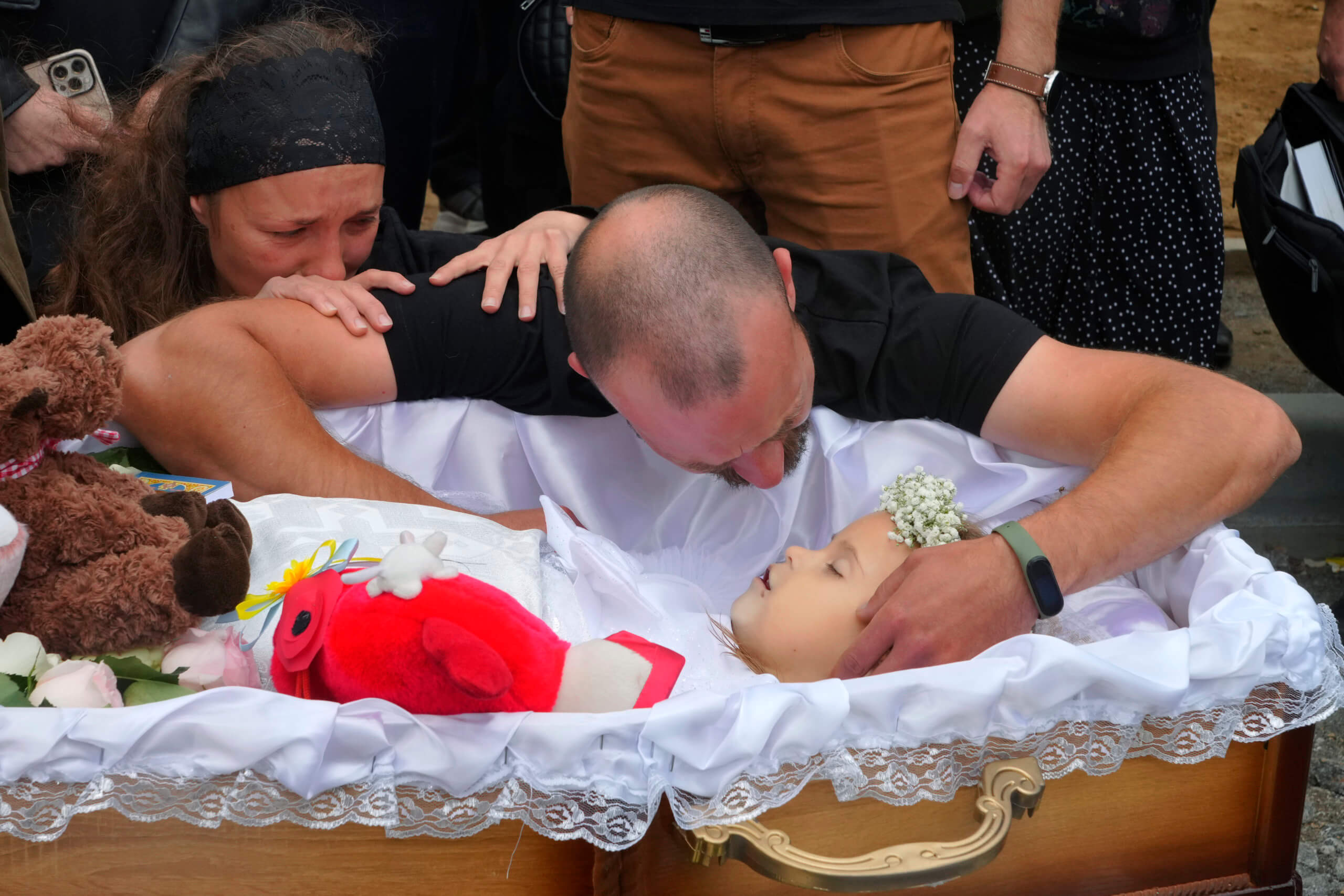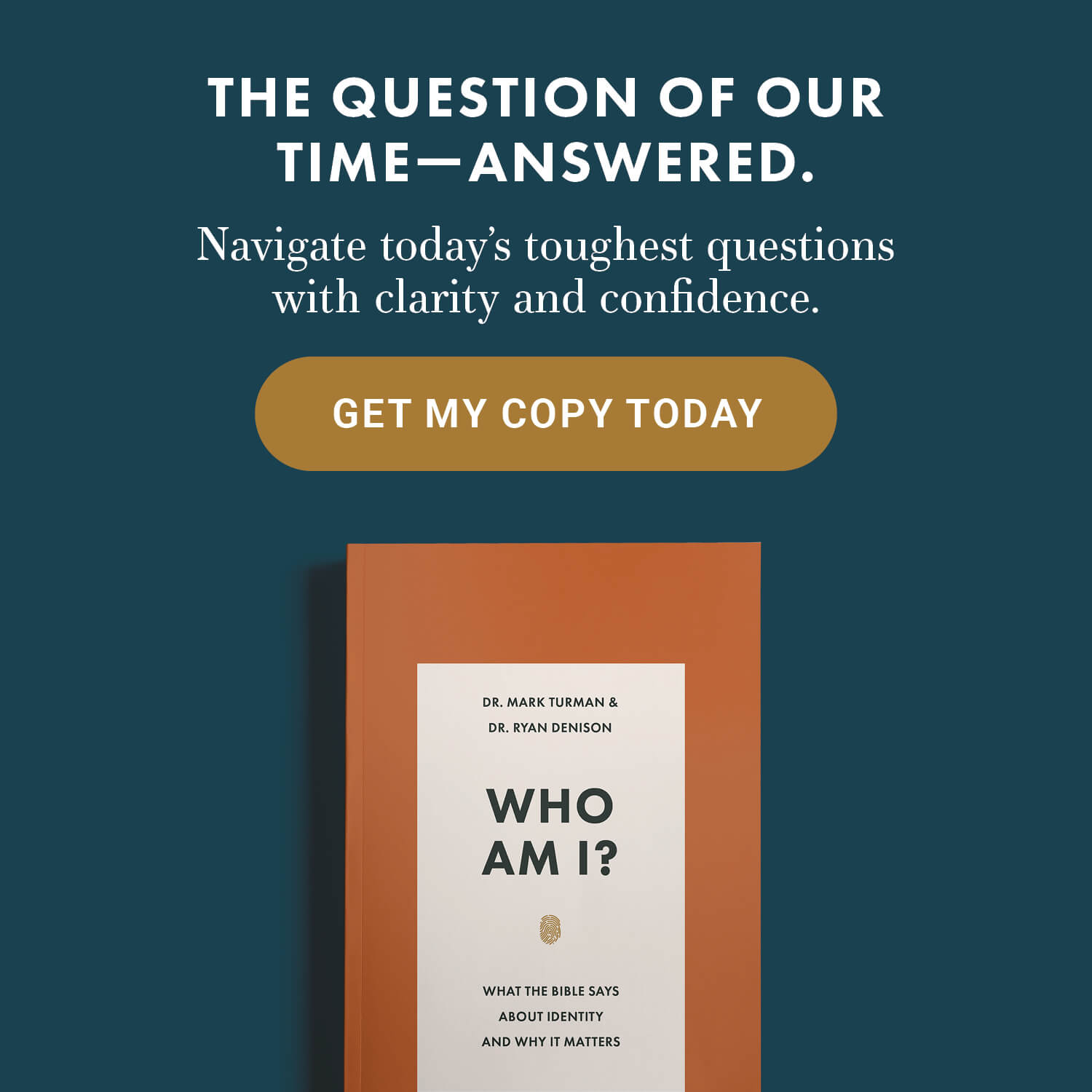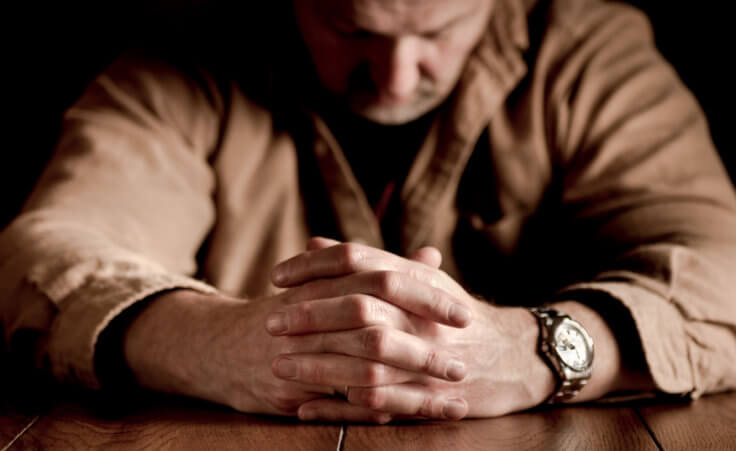
Artem Dmitriev gives the last salute to his daughter Liza, 4-year-old girl killed by Russian attack, in Vinnytsia, Ukraine, Sunday, July 17, 2022. Wearing a blue denim jacket with flowers, Liza was among 23 people killed, including two boys aged 7 and 8, in Thursday's missile strike in Vinnytsia. Her mother, Iryna Dmytrieva, was among the scores injured. (AP Photo/Efrem Lukatsky)
The Associated Press is reporting the tragic death of a four-year-old Ukrainian girl with Down syndrome named Liza. She was on the way with her mother to see a speech therapist when Russian missiles struck last Thursday outside the city of Vinnytsia, far from the front lines. At least twenty-four people were killed, including Liza and two boys aged seven and eight.
The accompanying picture of Liza lying in her coffin crowned with white flowers has gone viral. Looking at it breaks my heart.
In other weekend news, a special Texas House committee report issued yesterday found “systemic failures” in police response to the Uvalde school shooting. At least four people were killed (including the shooter) and others were injured at a shopping mall shooting in Indiana last night; police said “a good Samaritan with a handgun” at the scene killed the shooter.
And actress Jennifer Grey is reflecting on her abortion as a teenager. She says of her decision, “I wouldn’t have my life. I wouldn’t have had the career I had, I wouldn’t have had anything.” Of course, her unborn child’s life was ended so she could have her “life.”
In such a broken world, how are we to have faith in the God who made the world?
In a day of grave challenges and escalating opposition to biblical morality, as a majority of Americans believe religious liberty is in decline and that Christians are “increasingly confronted with intolerance,” you and I need an ever-deepening reliance on Christ. We need to trust him with our hard times and hard questions.
How?
What Tiger Woods and I have in common
Australian golfer Cameron Smith came from behind to win the 150th Open yesterday at the home of golf, the Old Course in St Andrews, Scotland. The course is considered the oldest in the world; golf was first played there in the early fifteenth century.
Its most famous landmark is the Swilcan Bridge, a small stone structure that was originally built seven hundred years ago to help shepherds herd livestock across a waterway that bisects the eighteenth fairway. On Friday, Tiger Woods joined scores of golfing greats over the decades who have been photographed while crossing the bridge for the last time.
While I am the furthest thing from a golfing great, I have crossed the bridge as well. Janet and I were in Scotland several years ago; I found seven photos on my iPhone of me standing on the famous landmark. Three of them include a dear friend who was with us on the trip.
Here is one of me on the Swilcan Bridge with part of the historic town of St Andrews in the background:

However, a skeptic could easily doubt my story. My picture could have been photoshopped. You could interview my friend, but I could have convinced him to lie. The only way you could be absolutely sure I once stood on this historic bridge would be if you had been there with me.
Could I fake a photo?
Since time travel is not an option, here’s a second approach: you could measure what you don’t know about me by what you do know about me. You probably did not know until today that I claim to have visited the home of golf, but you know other things about me after reading my articles and other content. Many of you know me personally; some of you have been members of churches I have pastored over the years.
You could ask yourself: Am I a person who is given to lies and deceit? To convincing others to lie and deceive? Do I have the technological skills to fake a photo? (The answer is a resounding no.) Is there a plausible reason I would risk my credibility as a Christian and a minister by lying about standing on a bridge many of you had not heard of before today?
You could then make an evidence-based decision that transcends the evidence. In fact, I would guess that you’ve already done just that with regard to my Swilcan Bridge claim.
This is the way all relational truth claims work: we examine the evidence, but we must step beyond the evidence into a commitment that becomes self-validating. If you had to prove you are ready to get married or have kids, you’d never get married or have kids. You cannot prove a job is the right job for you until you take it. You cannot prove a school is right for you until you attend it. You examine the evidence, to be sure, but then you step beyond the evidence into a personal commitment that validates or invalidates your decision.
“Rolling everything” onto God
There is mystery at the heart of every major Christian doctrine: Is God three or one? Was Jesus fully man or fully God? Is the Bible divinely inspired or humanly written? Does God know the future or do we have free will? The answer to each question is yes.
Before you dismiss the Christian faith because of these intellectual tensions, consider the logical alternative: if your finite, fallen mind could fully understand God, either he would not be God or you would be. If his “ways” are not “higher than your ways” and his “thoughts than your thoughts,” he is not the omniscient, omnipotent God of the universe (Isaiah 55:9).
Now this God is calling us into a more holistic, unconditional relationship with him than we have known (Romans 12:1–2). He wants us to view what we don’t understand about him through the lens of what we do know about him (cf. Psalm 34:8).
He invites us, “Commit your way to the Lᴏʀᴅ; trust in him, and he will act” (Psalm 37:5). “Commit” renders a Hebrew word literally translated as “roll everything onto.” When we trust all we know and all we don’t know completely to our Father, such faith positions us to receive all he intends to give and to experience him in ways that transcend our doubts and even our certainties.
“Perplexed, but not driven to despair”
Paul could testify, “We are afflicted in every way, but not crushed; perplexed, but not driven to despair; persecuted, but not forsaken; struck down, but not destroyed” (2 Corinthians 4:8–9). This is because he chose to “look not to the things that are seen but to the things that are unseen” (v. 18a). Here’s why he made this decision: “The things that are seen are transient, but the things that are unseen are eternal” (v. 18b).
Ralph Waldo Emerson observed, “All I have seen teaches me to trust the Creator for all I have not seen.”
What questions do you need to trust to your loving Father today?
NOTE: For more on today’s theme, please see my latest personal blog, “Finding a hidden van Gogh: Three reasons to live for the unseen world.”











